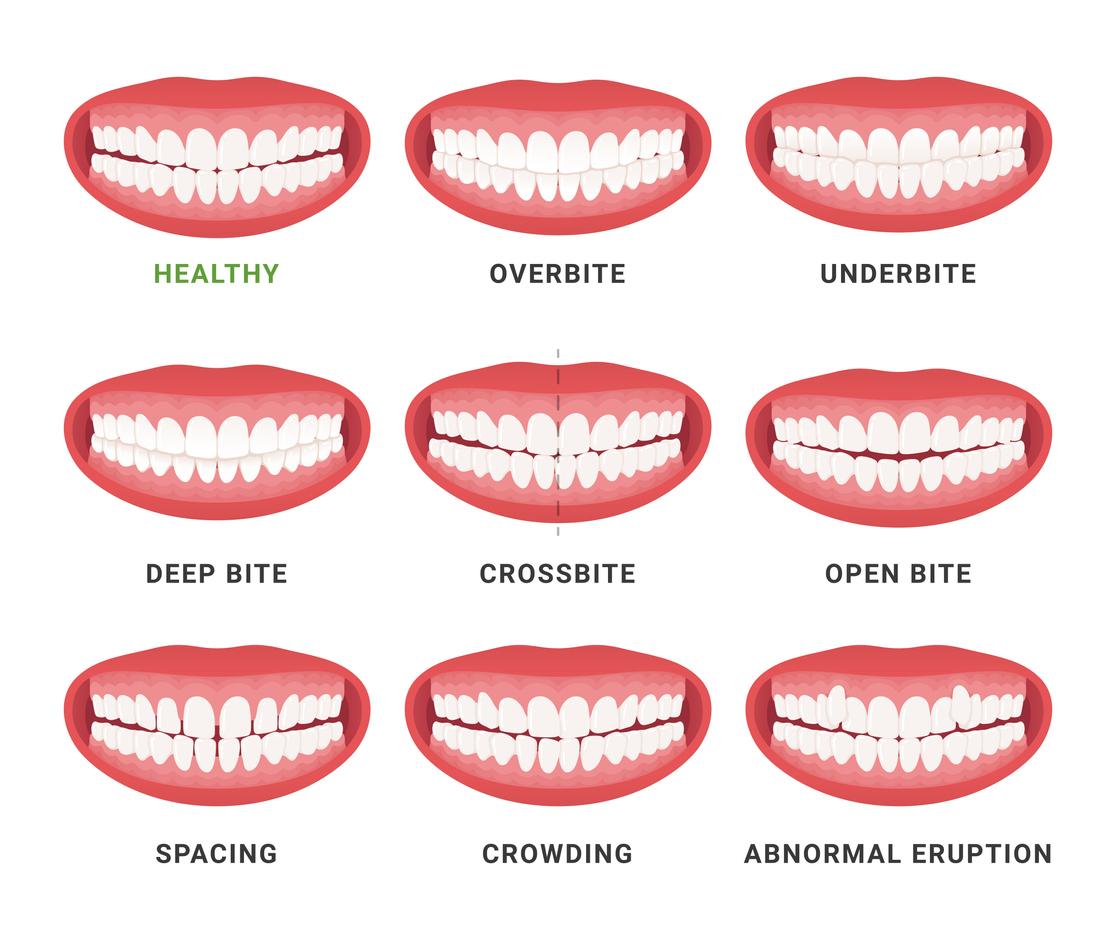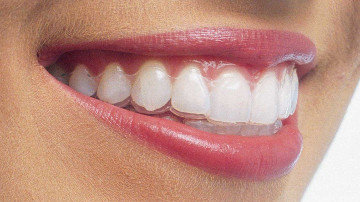The Ultimate Contrast: Invisalign vs. Traditional Braces for Grownups
The Ultimate Contrast: Invisalign vs. Traditional Braces for Grownups
Blog Article
Invisalign vs. Traditional Dental braces: Which Choice Is Right for You?
When thinking about orthodontic treatment, the choice between Invisalign and traditional dental braces offers several important factors that warrant mindful assessment. Invisalign uses a very discreet alternative with removable aligners, while typical dental braces provide a much more noticeable yet reliable option for severe imbalance. Each alternative incorporates distinct benefits and disadvantages connected to appearances, comfort, therapy duration, and price. Understanding these nuances is vital for making an informed decision that lines up with your personal choices and lifestyle. The question continues to be: which alternative will finest meet your orthodontic demands and assumptions?
Introduction of Treatment Alternatives

In contrast, standard dental braces include steel brackets and cables that are adhered to the teeth. This approach applies constant pressure with time to achieve positioning. While reliable for complex orthodontic problems, standard dental braces require regular visits for modifications and can present obstacles in maintaining oral hygiene because of the trouble of cleansing around brackets and cables.
Both alternatives have their benefits, and the option commonly depends upon specific oral conditions, lifestyle preferences, and person compliance. Inevitably, speaking with an orthodontic expert is vital for determining the most suitable treatment strategy customized to specific demands. Recognizing the subtleties of each alternative can significantly influence the total success of orthodontic treatment.
Visual Factors To Consider
A substantial element influencing the choice between Invisalign and typical braces is the visual charm each therapy provides. Invisalign aligners are crafted from clear plastic, making them essentially invisible when worn. This discreet look is specifically attracting adults and young adults that might really feel uneasy regarding their orthodontic treatment. The ability to keep an all-natural smile throughout the positioning process can considerably enhance the person's self-confidence in social and professional setups.
On the other hand, conventional braces contain metal braces and wires, which can be extra visible. While developments in orthodontic technology have actually led to the advancement of smaller braces and colored elastics, typical braces still keep a more obvious profile. For some people, the visibility of dental braces may hinder them from seeking essential treatment.
Eventually, the selection between Invisalign and traditional braces might pivot on personal choices pertaining to visual appeals. Patients that prioritize discretion frequently lean towards Invisalign, while those who are much less concerned concerning visibility may select traditional braces. Recognizing the visual implications of each option is vital for making an educated decision that lines up with one's way of life and choices.
Convenience and Convenience

In terms of convenience, Invisalign aligners are detachable, making it possible for individuals to enjoy their favored foods without limitation and preserve optimum dental hygiene. Brushing and flossing are simplified, as the aligners can be obtained during these routines, whereas standard braces call for cautious maneuvering around wires and braces.
In comparison, traditional braces demand regular adjustments, making them less practical for those with active schedules. Generally, the convenience and benefit of Invisalign make site link it an enticing choice for numerous people looking for orthodontic treatment.
Treatment Period and Effectiveness
While both Invisalign and conventional dental braces are reliable in fixing dental imbalances, the period of therapy can vary substantially in between the 2 options. Commonly, Invisalign therapy can take anywhere from 12 to 18 months, depending on the complexity of the situation. The clear aligners function by progressively changing teeth right into their desired positions, and routine follow-ups with an orthodontist assistance make sure progression continues to be on track.
On the other hand, standard dental braces usually require a longer commitment, typically ranging from 18 months to 3 years. This results from their set nature and making use of cables and braces, which can be a lot more reliable for complex cases and severe misalignments (Invisalign). The treatment effectiveness of traditional braces is well-documented, as they enable accurate adjustments and greater control over tooth movement
Eventually, the choice between Invisalign and conventional dental braces might depend upon both the awaited treatment duration and the specific dental issues handy. Consulting with an orthodontist is crucial, as they can see this provide customized referrals based upon specific demands, ensuring the chosen method aligns with wanted outcomes and timeframes.
Cost Contrast and Insurance Options
Price plays a substantial function in the decision-making procedure for individuals considering orthodontic treatment, whether choosing Invisalign or traditional braces. Typically, the cost of Invisalign arrays from $3,000 to $8,000, while typical dental braces generally set you back between $2,000 and $6,000. Variables influencing these prices include the intricacy of the situation, the duration of therapy, and geographical place.
Several dental insurance policy plans give partial insurance coverage for orthodontic treatments, yet the specifics can differ widely. Usually, typical dental braces might be much more often covered by insurance plans compared to Invisalign, which some insurance firms classify as a cosmetic procedure.
Additionally, a number of orthodontic methods use adaptable settlement strategies, making both treatment options much more easily accessible. People should ask about potential financing options and discounts for in advance settlements. Evaluating the total cost, including insurance benefits and layaway plan, is important for making a notified decision that lines up with both aesthetic preferences and budget considerations.

Verdict
In recap, the option in between Invisalign and conventional braces depends upon several elements, including aesthetic choices, convenience, therapy duration, and price. Invisalign supplies a very discreet, removable option that helps with oral health and dietary flexibility, while continue reading this traditional dental braces might be much more suitable for complex dental issues and often come with a lower price factor. Eventually, consultation with an orthodontist is vital to analyze private situations and determine one of the most proper treatment alternative for accomplishing optimal oral positioning.
When considering orthodontic therapy, the choice in between Invisalign and typical braces provides numerous important aspects that merit careful analysis.Comparing Invisalign and typical dental braces discloses distinct therapy alternatives for orthodontic improvement.While both Invisalign and traditional braces are reliable in dealing with oral misalignments, the duration of therapy can differ substantially in between the 2 choices.Expense plays a significant role in the decision-making process for individuals thinking about orthodontic treatment, whether choosing for Invisalign or standard dental braces.In recap, the choice between Invisalign and typical dental braces hinges on numerous elements, including visual choices, comfort, treatment duration, and price.
Report this page